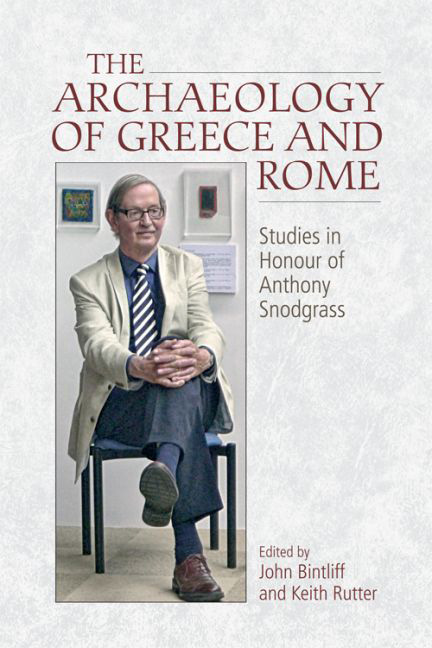Book contents
- Frontmatter
- Contents
- Preface
- List of Contributors
- List of Abbreviations
- Section I Prehistory
- Section II Around Homer
- 4 Homer and the Ekphrasists: Text and Picture in the Elder Philostratus' ‘Scamander’ (Imagines I.1)
- 5 Homer's Audience: What Did They See?
- 6 Homer and the Sculptors
- Section III The Archaic and Classical Greek World
- Section IV The Greeks and their Neighbours
- Section V The Roman and Much Wider World
- Section VI The Scholar in the University and in the Field: Personal Histories
- Index
5 - Homer's Audience: What Did They See?
from Section II Around Homer
Published online by Cambridge University Press: 26 May 2017
- Frontmatter
- Contents
- Preface
- List of Contributors
- List of Abbreviations
- Section I Prehistory
- Section II Around Homer
- 4 Homer and the Ekphrasists: Text and Picture in the Elder Philostratus' ‘Scamander’ (Imagines I.1)
- 5 Homer's Audience: What Did They See?
- 6 Homer and the Sculptors
- Section III The Archaic and Classical Greek World
- Section IV The Greeks and their Neighbours
- Section V The Roman and Much Wider World
- Section VI The Scholar in the University and in the Field: Personal Histories
- Index
Summary
Introduction
At his weekly seminar, Jean-Pierre Vernant used to begin his answer to a friend's or a colleague's question with these words: ‘écoute voir’, which could be translated as: ‘listen to see’. Of course, in our century saturated by images of all kinds, this sounds just like a verbal tic, but nevertheless it is significant of a certain form of perception of reality. Indeed, in an aniconic world like that of the auditors of the Homeric poems, the recitation of the verses leads to a very different reception of the poetic images they convey. Although it is obvious that they help to give to the text its incomparable quality, these poetic images are the only means of visualisation of the theatre of the epics: the battlefield as well as the remembrance of the warriors’ faraway cities, the unleashed forces of nature – the raging sea, the furious winds, the devastating fire – or the peaceful life of the peasants and cattle farmers.
Homer may have been the bard of a mythical war, following the heroic deeds of his main characters one after another, as happens in most epics from the Greek world onwards. But the poet of the Iliad is a genius who does not content himself with the pleasant enumeration of the episodes of battle, even though they belong to a mythical context, previously transmitted orally and certainly already known to his auditors, at least in their broad outline. On the contrary, the Iliad is a coherent literary composition that gives rise to the evocation of an entire world, a book of images intentionally organised according to the development of the narration, in order to make the auditors see not only the succession of events, but also all the background of this very particular war – and all the while making reference to their contemporary society.
So what did the auditors see when they were listening to the Iliad?
Topography
The theatre of war is the first concern. The auditor must be at ease with the place where the deeds are performed, where the heroes do their fighting and in some cases dying. Let us begin with the plain of Troy.
- Type
- Chapter
- Information
- The Archaeology of Greece and RomeStudies In Honour of Anthony Snodgrass, pp. 100 - 112Publisher: Edinburgh University PressPrint publication year: 2016



